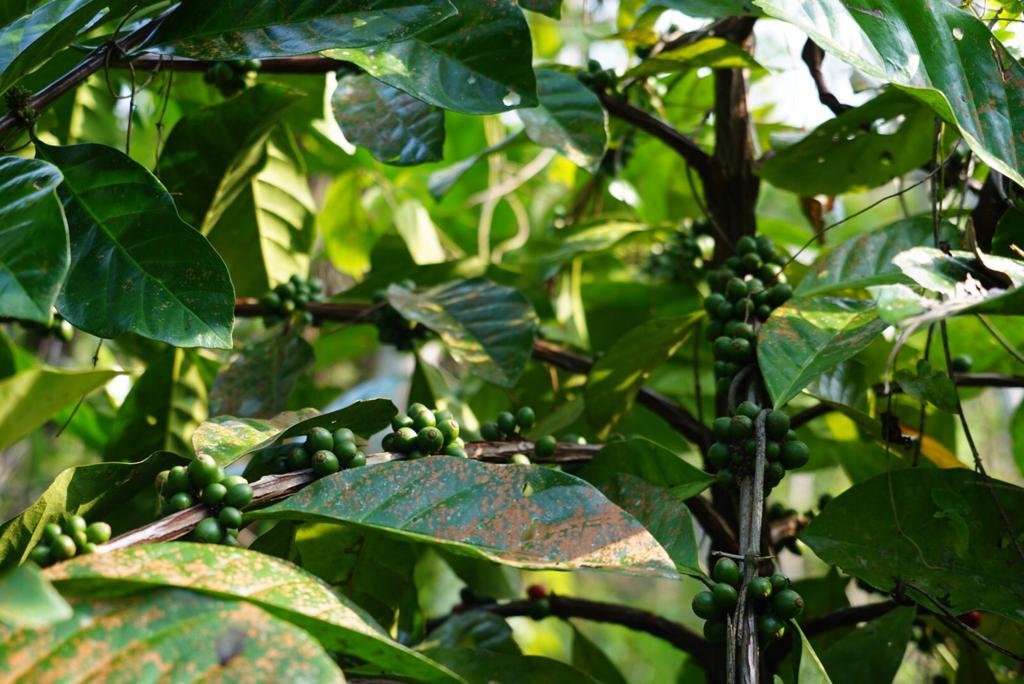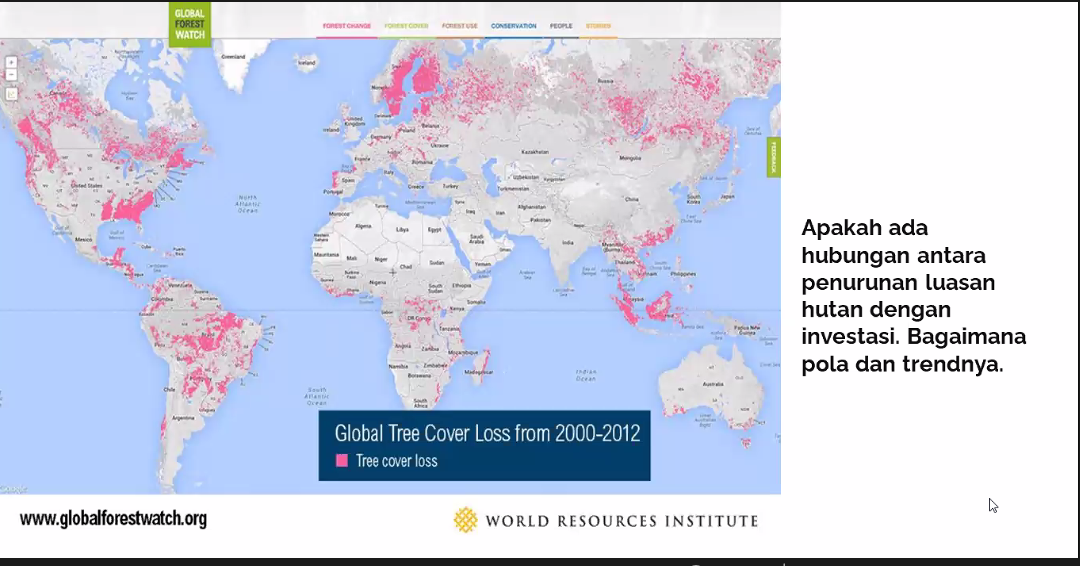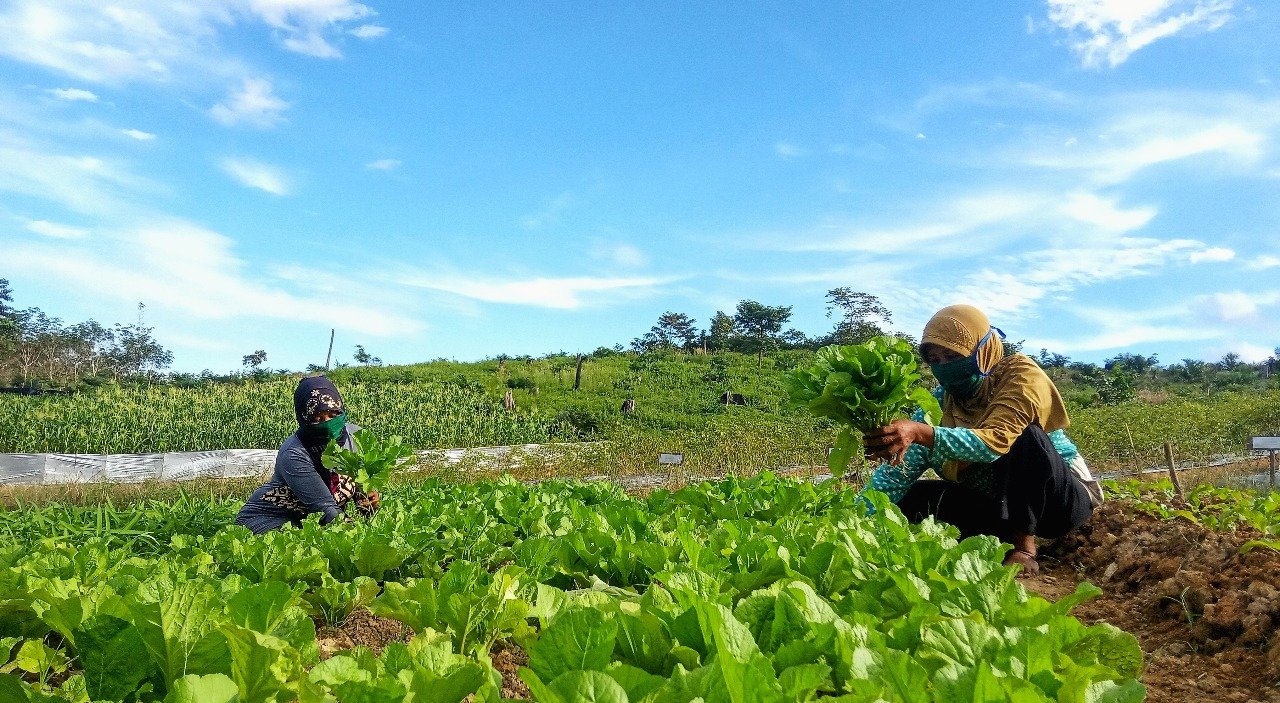By Suwandi and Edi Dharma
Millions of people in Indonesia are forced to drink dirty and rotten water. Dry season makes water sources dry. Some lakes and rivers are contaminated with pesticides. A number of residents in Bulota Sub-district, Limboto Sub-District, Gorontalo District have difficulty in getting clean water. They dug up rivers and found dirty and rotten water to drink.
The clean water crisis has not received serious attention from the Indonesian government. Water pollution is increasing and drought is expanding every year. The case in Jakarta, 80 percent of ground water does not meet clean water quality standards because it contains iron.
According to data from the World Resources Institute, Indonesia is one of the countries expected to experience high pressure from lack of water (water stress) in 2040. Total raw water demand is increasing every year, while the ability to produce clean water has stagnated. So it can be ascertained in the following years in 2025, the water deficit is getting worse.
Many things have caused the clean water crisis in Indonesia. The first is the increase in population every year. The population in 2016 reached 261.1, and this number will increase every year if prevention is not carried out. The increase in population will have an impact on increasing water needs.
This increased need for water can cause the amount of water released every minute to increase as well — the amount of water needed increases while the amount of available water is constant. This increased water demand will certainly lead to excessive use of ground water, right up to the exploitation stage. Water in the ground will eventually run out and will leave the cavity, this cavity will later be filled by sea water when the rising tides (sea intrusion) occur.
Another cause is the lack of catchment areas that can store groundwater. Uncontrolled logging and parties who are reluctant to reforest cause this. The distribution of water is also uneven.
The water crisis is not only a matter of Indonesia but of the world. A report released by WaterAid, a British non-profit, when commemorating World Water Day on March 22, mentioned the difficulty of getting decent and cheap clean water. According to them, this has become a major problem in alleviating poverty and disease outbreaks.
As a result of the unavailability of clean water, the risk of health problems to the potential for preterm birth can increase. The Independent estimates that one in five babies die in the first month of their life due to sepsis or infection – health problems that can actually be prevented by clean water and hygienic lifestyle. An estimated 42 percent of all hospitals in Sub-Saharan Africa do not have access to clean water.
Globally, diarrhea due to consuming dirty water and poor sanitation are the second biggest killers of children after pneumonia. The United Nations Children’s Fund (UNICEF) in 2015 said diarrhea kills 315 thousand children every year. Last week, UNICEF said the problem of access to clean water was getting worse in locations of armed conflict, such as Syria and Afghanistan.
The clean water crisis suffocates the poor the most. Many people think poverty makes them unable to buy water. Ironically, under absolute conditions, the poor pay far more than the rich to enjoy water.
WaterAid said more than 40 percent of the population in 16 countries did not have access to water facilities, even wells. Marginal communities must collect water from ponds and rivers and spend a large part of their daily income to buy clean water. “Even though I am nine months pregnant, I have to take water very far from the village for my family’s needs,” said Zosy, a 35-year-old woman living in Analamanga, Madagascar.
The WaterAid study also shows that Papua New Guinea has the highest percentage of the population without clean water. There are 4.5 million people or 60 percent of Indonesia’s neighbors who are forced to live without access to clean water, such as public taps, wells, rainwater reservoirs, or piped water channels to settlements.
Poor people in Papua New Guinea spend 1.84 pounds sterling or more than half of their daily income to enjoy water in accordance with the recommendations of the World Health Organization (WHO). As for the poor people in Madagascar spend almost half their daily income to get clean water in sufficient quantities.
India is the country with the most population that cannot access clean water. WaterAid said that nearly 76 million Indians live on a minimum supply of water. Indonesia was also included in the list ranked 6th out of 10 countries. There are around 32 million people in Indonesia living without clean water.
UN Secretary General Ban Ki-moon said the availability and distribution of sufficient water could change someone’s life. Water has a great influence on human development, the environment and the economy. According to Ban, people who find it difficult to obtain water and sanitation usually do not have access to stable health and employment services. (*)








